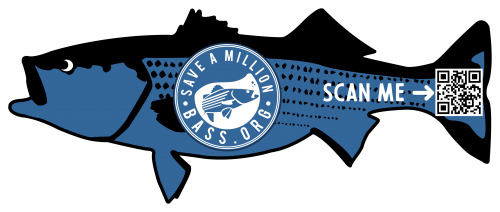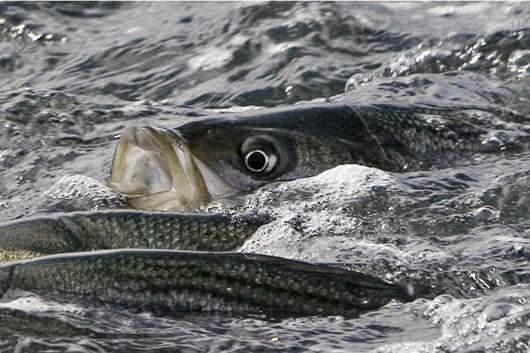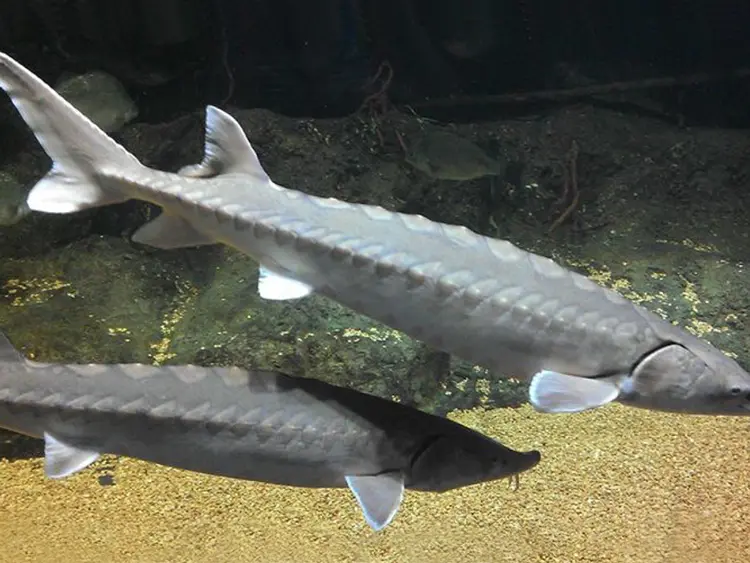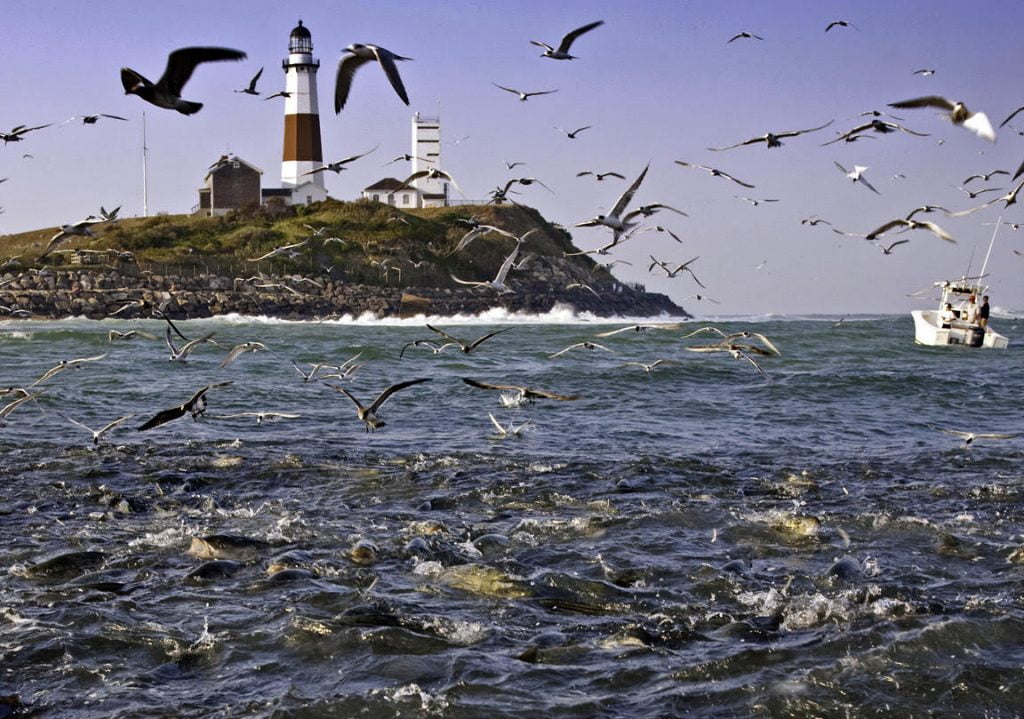Join
SAVE A MILLION BASS

SCAN
the stickers for the latest rules and regulations for striped bass in your area
EDUCATE
yourself and others about the 10 techniques recommended by scientists for better fish handling to reduce catch and release mortality
CONSERVE
by reducing average mortality from 9% to a goal of 6%, and share your knowledge
An estimated 9% of striped bass do not survive catch and release.
Catch and release is an important part of the effort, but it still takes a toll on the fishery.
In 2017, an estimated 3.4 million striped bass died from catch and release fishing.
This represents about half of the total fish mortality for the year.
An estimate of the number of striped bass that could be saved if we reduced the mortality rate by just 3%.
About Save a Million Bass
What is Save A Million Bass?
Save A Million Bass (SAMB) is a groundbreaking project that uses the latest technology to educate anglers about new rules and regulations and the best catch and release techniques. Using QR Codes placed on stickers and digital tags, SAMB is able to do what has seldom been done in saltwater fishing - educate anglers directly before they cast a line.
How does it work?
Anglers scan the QR code. The code locates the fisherman via their device and gives them the striped bass regulations in their specific location. It also includes ten recommendations for better catch and release techniques to help released fish survive. Our recommendations have been suggested and reviewed by guides, anglers and leading scientists.
NOTE: WE DO NOT STORE ANY OF YOUR LOCATION-BASED INFORMATION!
Why one million bass?
A 2017 striped bass stock assessment estimated that 3.4 million stripers did not survive catch and release. That estimate was based on the standard 9% mortality rate applied to catch and release. Therefore, if we can achieve a one-third reduction in that mortality rate, bringing it down to 6%, we save a million bass or more.
How did it start?
The idea for Save A Million Bass comes from a recognition that catch and release is only a start and that better techniques are needed to reduce the mortality of released fish. It also fills a vital gap in conservation efforts, using technology to educate the fishing community about the latest regulations and techniques.







